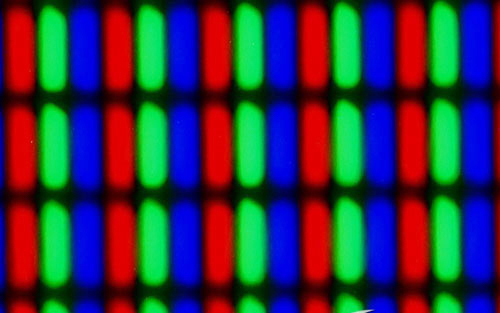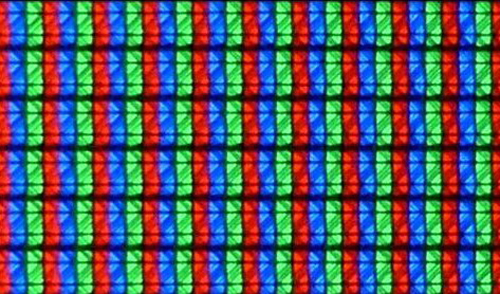Picture quality of a monitor is affected by many factors. These factors include panel type, driver IC and PCB, backlight system, different light filters, etc., but without any doubt, panel type is one of the most important aspects of picture quality on a monitor screen.
In the last few years many consumers blindly put all their trust in IPS panels. They are quick to assume an IPS panel is the best overall and ignore the fact that each panel type has their own pros and cons.
Right now, the mainstream monitor panel types include TN (Twisted Nematic), IPS (In Plane Switching), and VA (Vertical Alignment). Each type of panel carries their own set of unique features and qualities. To assist you in your next purchase decision, this article will compare the three panel types and provide you a better understanding of how these panels differ.
TN:
TN panel is the first LCD panel that has been widely used in desktop monitors, and it still holds a large share of the market. It is a very basic LCD panel, with a backlight module on which the position of each pixel dot has three light filters that allow only red, green, or blue light to pass respectively. The mix of three colors at different levels of brightness produces the content on the screen.
Pros:
- Lower price tag. Because the panel is cheap to manufacture.
- Faster response time. It’s max response time of 1ms is simply superior and unachievable by other panel types. As a result, it’s great for enthusiast gaming.
- Higher refresh rate. It is easier to achieve higher refresh rate such as 120Hz, 144Hz, or even 240Hz on a TN panel.
Cons:
- Terrible viewing angles. Especially the vertical viewing angle. Unless you see a TN monitor right at its center, the color reproduction, contrast ratio, and brightness will be affected in a negative way.

IPS:
IPS, also known as Super TFT, it was invented by Hitachi in 1995. Its greatest characteristic is both its electrodes, they are on the same plain unlike all other panel types that locate them on two different plains. Because of this feature, its liquid crystal molecules are always parallel to the panel. This reduces the light pass through rate and requires more back lighting.
Pros:
- Great picture quality. IPS panel on monitors was originally intended for professional monitors for content creators who require great color reproduction, color accuracy, and viewing angles.
Cons:
- Backlight bleed. Since it needs more back lighting, it also causes inevitable backlight bleed. In some monitors, it is very noticeable during night time.
- Slow response time. Due to limitation of technology, it is extremely hard to increase its response time.
- High price tag. High end IPS monitors can easily cost $1,000+.

VA:
VA was invented by Fujitsu in 1998 in search of a middle ground between TN and IPS. Once it’s powered on, its liquid molecules are aligned in vertical arrays that allow light to pass through different arrays. At the time it was believed VA would take over the throne from TN immediately, but it never happened, due to VA pane’s higher cost of production and slower response time.
Pros:
- Good picture quality. Its color reproduction, color accuracy, and viewing angles are far better than TN.
- Superior contrast ratio. Contrast ratio on a VA panel can be anywhere from 3 times to infinite times better than IPS and TN.
Cons:
- Slower response time. Because of the way it functions, the response time slows down when brightness of content does not fluctuate a lot.

Conclusion:
Though TN panel still holds a large share of the monitor market, it is completely unacceptable if you have any expectations in picture quality and viewing angles.
High end IPS monitors are superior if you are a professional content creator or simply want the best picture quality. Mid-tier IPS monitors should be considered only if you don’t game at all.
VA monitors strike a perfect balance in cost and performance. Considering the era of HDR is right around the corner, the deep contrast ratio of VA will continue to shine even more.
